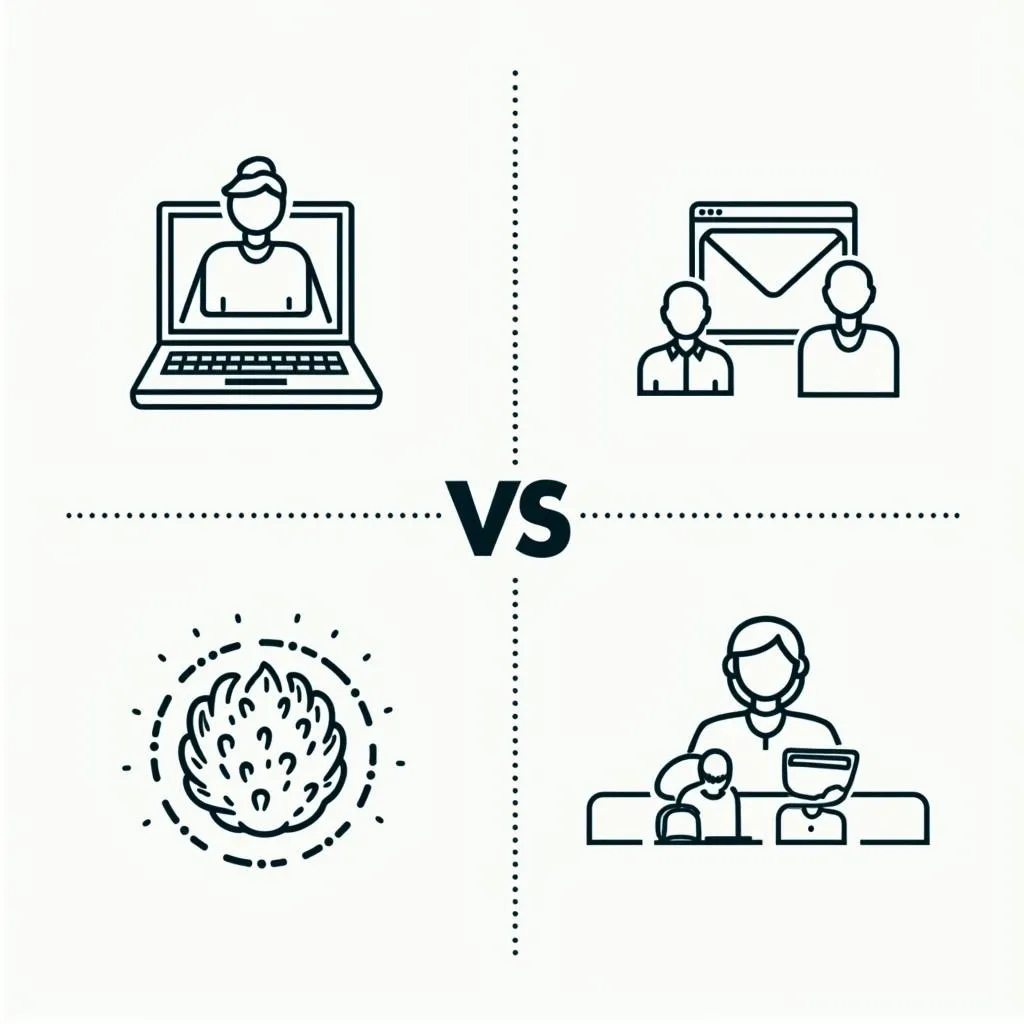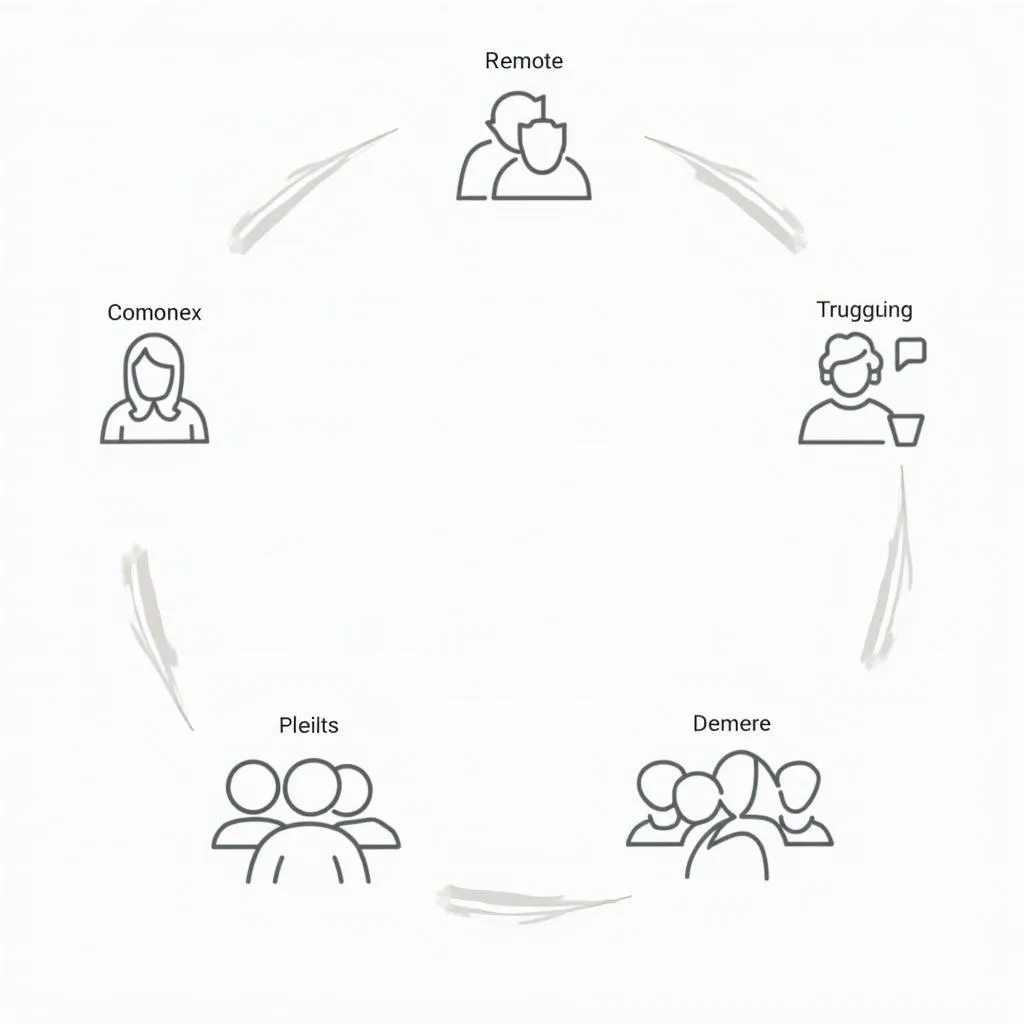Sample Summarize Written Text Task: Telecommuting and Work-Life Balance
Summarize Written Text Prompt Example
Telecommuting, or working from home, has been gaining popularity among companies and employees, considered as a solution that improves productivity while maintaining work-life balance. Employees no longer need to commute, which saves time and lowers stress levels while avoiding rush hour congestion. Besides, companies are able to save costs on office space and utilities. However, there are notable challenges, including the difficulty of separating professional and personal life when working from home. Many telecommuters report overlapping boundaries between work and personal time, leading to burnout despite the flexible working conditions. Additionally, the lack of collaboration and social connections may reduce team efficiency. Balancing the pros and cons of telecommuting is an ongoing debate among corporations, particularly in ensuring it remains conducive to a productive work-life balance.
Instructions: Summarize the text in one sentence. Your response will be judged on the quality of your writing and on how well your response presents the key points in the passage.
Model Answers by PTE Band
PTE Band 90-100:
Telecommuting enables employees to save time and reduce stress, while providing cost-saving opportunities for companies, yet the challenge of separating professional from personal life and maintaining collaboration remain significant obstacles to achieving work-life balance.
Content: This response comprehensively covers the debate on telecommuting by touching on both the advantages and challenges, presenting a balanced view.
Form: The sentence is well-formed, staying within the word limit.
Grammar: The sentence is grammatically flawless with no errors or awkward phrasing.
Vocabulary: The candidate makes excellent use of specific words such as “cost-saving opportunities,” “significant obstacles,” and “achieve work-life balance.”
Spelling: There are no spelling errors.
 Telecommuting benefits and challenges for work-life balance
Telecommuting benefits and challenges for work-life balance
PTE Band 80-89:
Telecommuting offers time and cost-saving benefits, but it also creates difficulties for people when it comes to balancing their work and personal lives and collaborating with colleagues.
Content: It captures the essential ideas of telecommuting benefits and challenges, although the phrasing could be more precise.
Form: Under the word limit and structured effectively.
Grammar: Overall, solid grammar control with minor simplifications in word choices.
Vocabulary: Adequate use of vocabulary, though “balancing their work and personal lives” could be more focused.
Spelling: No errors present.
PTE Band 70-79:
Telecommuting has benefits like saving time but it is hard to separate work and personal life, and this affects work-life balance.
Content: Provides a basic explanation of the advantages and disadvantage of telecommuting, but misses out on some more detailed nuances such as cost savings, burnout, and collaboration.
Form: Fits into one sentence, but the structure could be more cohesive.
Grammar: Somewhat simplistic sentence structure, but still correct.
Vocabulary: Less variety in word use, repetition of “work” could be avoided.
Spelling: Error-free spelling.
 Impact of telecommuting on productivity and burnout
Impact of telecommuting on productivity and burnout
PTE Band 60-69:
Working from home is good because it saves time, but it can harm work-life balance.
Content: Only the basic concept is covered with insufficient depth. Many key details are missing, such as challenges of collaboration and cost savings.
Form: Sentence fits within requirements but is too simplistic.
Grammar: Issues with clarity and lack of complexity in grammar.
Vocabulary: Limited vocabulary range, simpler phrases like “good” and “bad” could be replaced by more precise terms.
Spelling: No spelling mistakes.
Vocabulary and Grammar Insights
-
Telecommuting /ˌtɛlɨkəˈmjutɪŋ/ (noun): The act of working remotely, typically from home, rather than commuting to an office.
Example: More employees are opting for telecommuting to improve their work-life balance. -
Productivity /ˌprɒdʌkˈtɪvɪti/ (noun): Measure of how efficiently tasks and goals are achieved, especially in workplace contexts.
Example: Many believe telecommuting has a positive impact on productivity. -
Commute /kəˈmjuːt/ (verb): To travel some distance between home and the workplace regularly.
Example: Telecommuting eliminates the need to commute daily. -
Congestion /kənˈdʒɛstʃən/ (noun): Overcrowding, especially in urban areas during peak commuting times.
Example: Working from home helps people avoid traffic congestion. -
Boundary /ˈbaʊnd(ə)ri/ (noun): A defined limit or line, often used metaphorically to suggest a separation between two concepts.
Example: Maintaining strong boundaries between work and personal life can be difficult when working from home. -
Burnout /ˈbɜːrnaʊt/ (noun): A state of physical and mental exhaustion due to excessive work or stress.
Example: Burnout is a significant concern for those who struggle with work-life balance. -
Collaboration /kəˌlæbəˈreɪʃən/ (noun): The action of working together with others to achieve a common goal.
Example: One disadvantage of telecommuting is the potential reduction in team collaboration. -
Conducive /kənˈdjuːsɪv/ (adjective): Making a certain situation or outcome likely or possible.
Example: It is important to create a work environment that is conducive to telecommuting. -
Efficiency /ɪˈfɪʃənsi/ (noun): The ability to accomplish tasks with minimum waste of time and resources.
Example: A lack of team efficiency can arise from limited in-person collaboration. -
Segmentation /ˈsɛɡmənˌteɪʃən/ (noun): The process of dividing into different segments or categories, often referring to how individuals divide tasks or time.
Example: Telecommuters often face challenges in the segmentation of work and home responsibilities.
 Challenges in collaborating remotely for telecommuters
Challenges in collaborating remotely for telecommuters
Conclusion
Telecommuting and work-life balance are prevalent themes in both the workplace and exams like the PTE. This article has provided you with valuable practice tasks to test your Summarize Written Text skills. By practicing with carefully created prompts and model answers, you can deepen your understanding of this common topic while improving key PTE skills like content coverage, grammar, and vocabulary use. Continue practicing, and share your experiences or questions in the comments below to engage further in this learning journey!